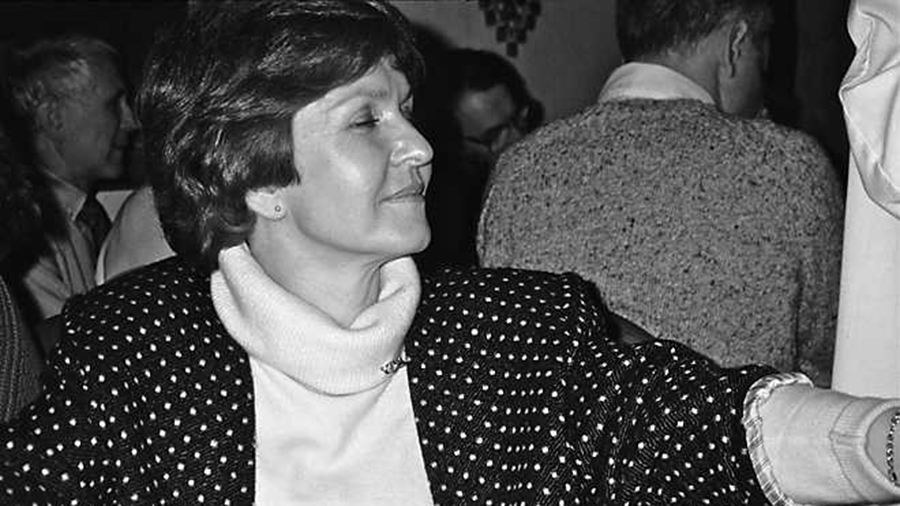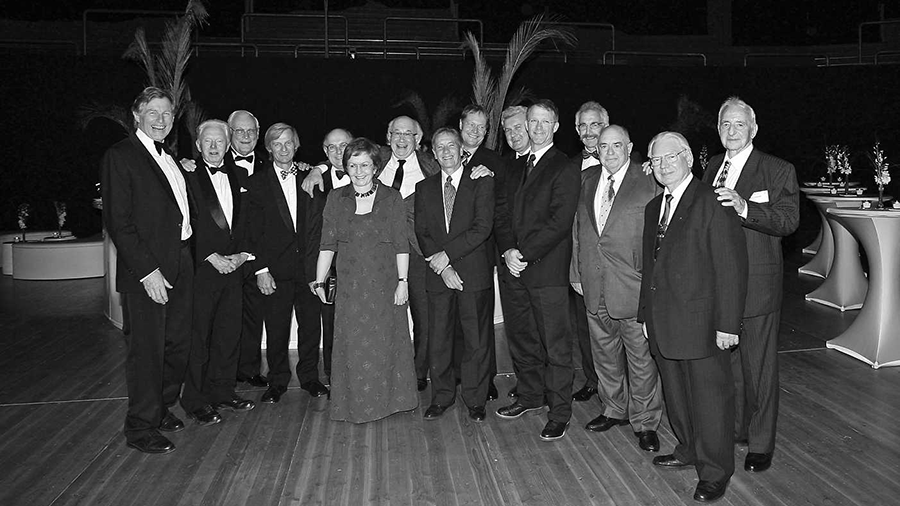Honoring AO VET’s first female president

Prof Ulrike Matis, director of the Ludwig-Maximilians-Universität München (LMU Munich) Veterinary Surgery Clinic in Germany was the first female chairperson of AO VET.
Ulrike Matis gave her first speech in that role 26 years ago this month.
The AO this month honors Prof Ulrike Matis, the first female president of AO VET. Matis, who was director of the Ludwig-Maximilians-Universität München (LMU Munich) Veterinary Surgery Clinic in Germany, served as AO VET president from 1996 to 1998, and gave her first speech in that role at the AO Davos Courses 1996.
In her speech on December 4, 1996, Matis gave a humorous nod to the challenge of public speaking, noting, “This is not an easy task for me, even though latest research shows that intelligence is linked to an X chromosome and a corresponding eloquence is attributed to women.”
Crediting a number of people who encouraged and motivated her, Matis also cited the AO itself.
“The organization has not only contributed significantly to the advancement of surgical repair through its technical developments and organized education courses, but has also provided an international circle of professional friends which is unique,” she emphasized. “There is no other veterinary medical group in which colleagues from all parts of the world have cooperated so harmoniously over decades and also advised and helped each other in matters beyond the activities of the AO itself.”
As an example of that camaraderie, Matis recounted her clinic’s difficulty in finding an equine surgeon—and how an AO VET colleague dropped everything to support the Munich clinic for six months.
Additionally, in addressing the group, Matis touched on the need for promoting dialogue between human and veterinary surgeons, emphasizing that such a dialogue could help reduce the number of animal experiments in research.
“There are many questions which can be answered by means of critical clinical studies. The move away from mechanical-oriented fracture repair to a biological osteosynthesis has taken place thanks to nonexperimental studies in patients,” she said. “Noninvasive techniques may be used to obtain data from animal patients which would also be of value in human medicine and be more relevant than laboratory tests or animal experiments.”
The AO this month honors Prof Ulrike Matis, the first female president of AO VET. Matis, who was director of the Ludwig-Maximilians-Universität München (LMU Munich) Veterinary Surgery Clinic in Germany, served as AO VET president from 1996 to 1998, and gave her first speech in that role at the AO Davos Courses 1996.
In her speech on December 4, 1996, Matis gave a humorous nod to the challenge of public speaking, noting, “This is not an easy task for me, even though latest research shows that intelligence is linked to an X chromosome and a corresponding eloquence is attributed to women.”
Crediting a number of people who encouraged and motivated her, Matis also cited the AO itself.
“The organization has not only contributed significantly to the advancement of surgical repair through its technical developments and organized education courses, but has also provided an international circle of professional friends which is unique,” she emphasized. “There is no other veterinary medical group in which colleagues from all parts of the world have cooperated so harmoniously over decades and also advised and helped each other in matters beyond the activities of the AO itself.”
As an example of that camaraderie, Matis recounted her clinic’s difficulty in finding an equine surgeon—and how an AO VET colleague dropped everything to support the Munich clinic for six months.
Additionally, in addressing the group, Matis touched on the need for promoting dialogue between human and veterinary surgeons, emphasizing that such a dialogue could help reduce the number of animal experiments in research.
“There are many questions which can be answered by means of critical clinical studies. The move away from mechanical-oriented fracture repair to a biological osteosynthesis has taken place thanks to nonexperimental studies in patients,” she said. “Noninvasive techniques may be used to obtain data from animal patients which would also be of value in human medicine and be more relevant than laboratory tests or animal experiments.”


